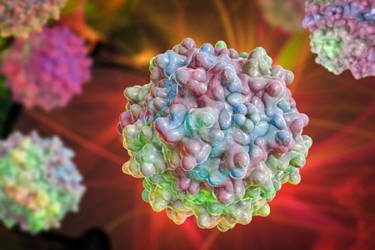Viewing HEK293 Transient Transfection Through A Wider Lens: Considerations For AAV Scale-Up Success

AAV vectors produced in HEK293 cells generate higher quality vectors with more appropriate post-translational modifications, higher potency, and lower immunogenicity than vectors produced in other cell lines. However, product consistency and scale-up bottlenecks in the transfection process remain challenges.
This article will discuss key aspects of the scale-up process, including:
Choice Of Transfection Reagent
Calcium phosphate, lipid-based reagents, and polymer-based polyethylenimine (PEI) all have potential cytotoxic effects.
Media And Supplement Considerations
Certain components in media or supplements can negatively impact the formation and delivery of a transfection DNA complex.
AAV Workflow
The AAV workflow should be treated with a more holistic view of the entire process.
By adopting a holistic approach to process optimization, researchers can overcome scale-up challenges and streamline AAV production for clinical and commercial applications. Access the full content to learn more about optimizing HEK293 transient transfection for successful AAV scale-up.
Get unlimited access to:
Enter your credentials below to log in. Not yet a member of Bioprocess Online? Subscribe today.
